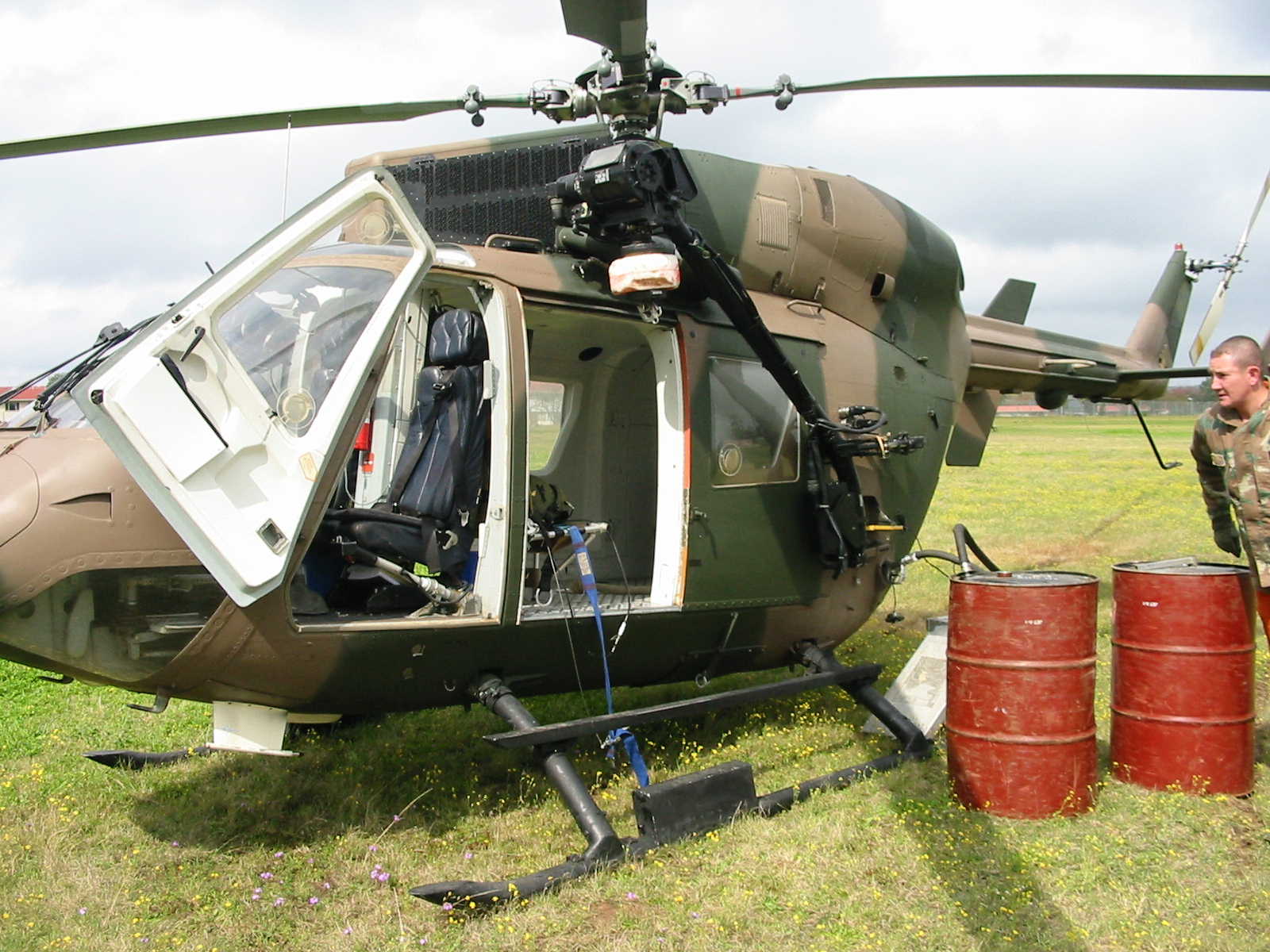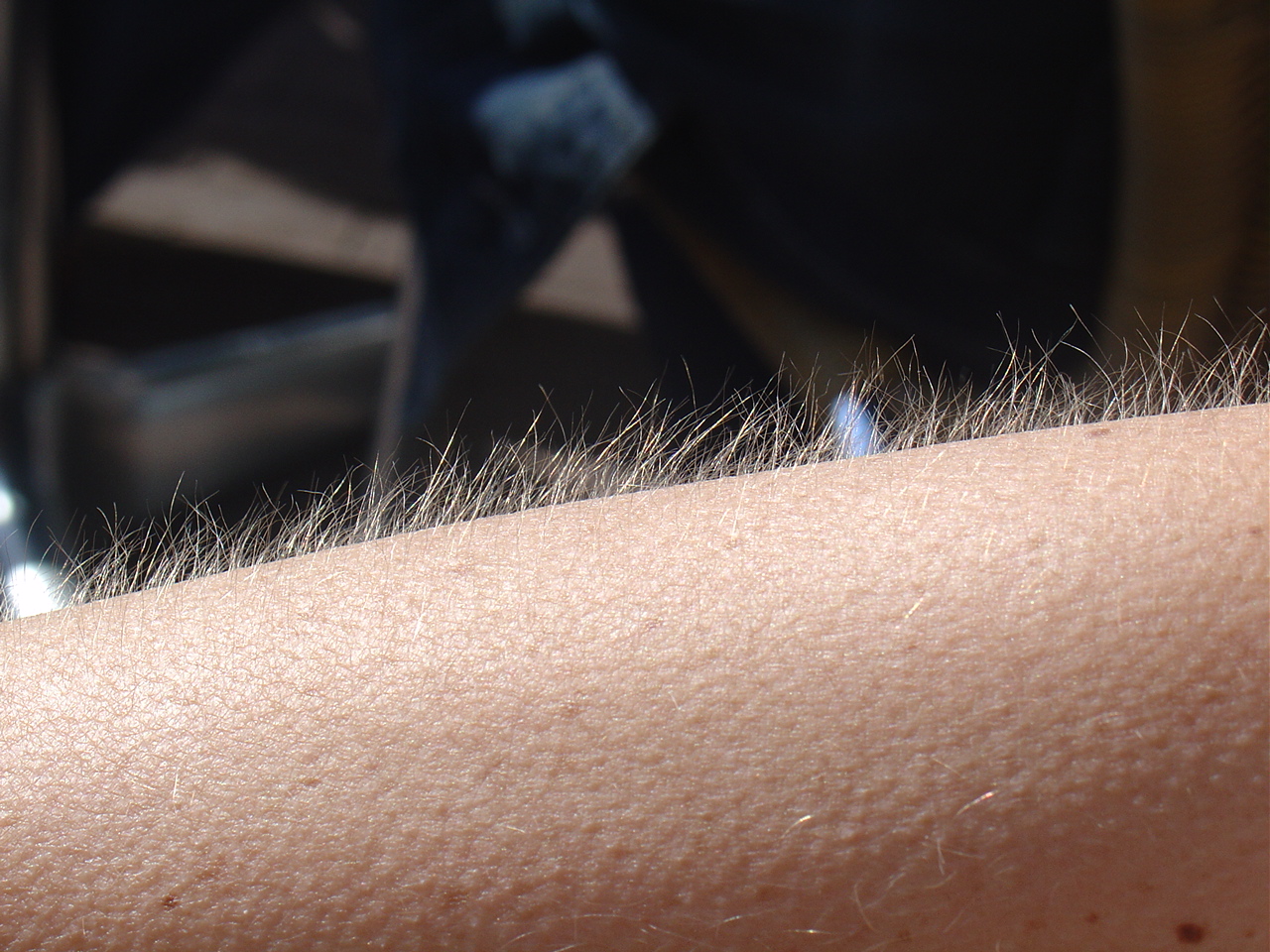|
SAMIL 20
The SAMIL 20 is a 2-ton cargo vehicle produced in South Africa in the mid-1980s and was used as the primary light cargo carrier of the South African National Defence Force. The vehicle design is based on the German Mercedes Unimog chassis and Mark I of this vehicle was based on the Magirus Deutz 130M7FAL 4x4 truck. In Mark II, the engine was replaced with an upgraded South African built water cooled diesel engine. The vehicle is still in use with the SANDF. Description The SAMIL 20 is a light utility 4×4 military truck designed and built in South Africa for the South African Military forces. The chassis provide the basis for a wide range of cross-country vehicles. It has a forward control cab with a canvas roof and removable side windows. The cargo area is made of pressed steel with low steel sides and may be covered with a canvas top carried on a removable steel frame. A removable bank of back-to-back outward facing seats is fitted on the cargo centre-line accommodating ten seat ... [...More Info...] [...Related Items...] OR: [Wikipedia] [Google] [Baidu] |
South African National Defence Force
The South African National Defence Force (SANDF) comprises the armed forces of South Africa. The Chief of the SANDF is appointed by the President of South Africa from one of the armed services. They are in turn accountable to the Minister of Defence and Military Veterans of the Defence Department. The military as it exists today was created in 1994, following South Africa's first nonracial election in April of that year and the adoption of a new constitution. It replaced the South African Defence Force and also integrated uMkhonto we Sizwe (MK), and the Azanian People's Liberation Army (APLA) guerilla forces. History Integration process In 1994, the SANDF took over the personnel and equipment from the SADF and integrated forces from the former Bantustan homelands forces, as well as personnel from the former guerrilla forces of some of the political parties involved in South Africa, such as the African National Congress's Umkhonto we Sizwe, the Pan Africanist Congress's ... [...More Info...] [...Related Items...] OR: [Wikipedia] [Google] [Baidu] |
Namibia
Namibia, officially the Republic of Namibia, is a country on the west coast of Southern Africa. Its borders include the Atlantic Ocean to the west, Angola and Zambia to the north, Botswana to the east and South Africa to the south; in the northeast, approximating a quadripoint, Zimbabwe lies less than 200 metres (660 feet) away along the Zambezi, Zambezi River near Kazungula, Zambia. Namibia's capital and largest city is Windhoek. Namibia is the driest country in sub-Saharan Africa, and has been inhabited since prehistoric times by the Khoekhoe, Khoi, San people, San, Damara people, Damara and Nama people. Around the 14th century, immigration, immigrating Bantu peoples arrived as part of the Bantu expansion. From 1600 the Ovambo people#History, Ovambo formed kingdoms, such as Ondonga and Oukwanyama. In 1884, the German Empire established rule over most of the territory, forming a colony known as German South West Africa. Between 1904 and 1908, German troops waged a punitive ... [...More Info...] [...Related Items...] OR: [Wikipedia] [Google] [Baidu] |
Cold War Military Equipment Of South Africa
Cold is the presence of low temperature, especially in the atmosphere. In common usage, cold is often a subjective perception. A lower bound to temperature is absolute zero, defined as 0.00K on the Kelvin scale, an absolute thermodynamic temperature scale. This corresponds to on the Celsius scale, on the Fahrenheit scale, and on the Rankine scale. Since temperature relates to the thermal energy held by an object or a sample of matter, which is the kinetic energy of the random motion of the particle constituents of matter, an object will have less thermal energy when it is colder and more when it is hotter. If it were possible to cool a system to absolute zero, all motion of the particles in a sample of matter would cease and they would be at complete rest in the classical sense. The object could be described as having zero thermal energy. Microscopically in the description of quantum mechanics, however, matter still has zero-point energy even at absolute zero, because ... [...More Info...] [...Related Items...] OR: [Wikipedia] [Google] [Baidu] |


